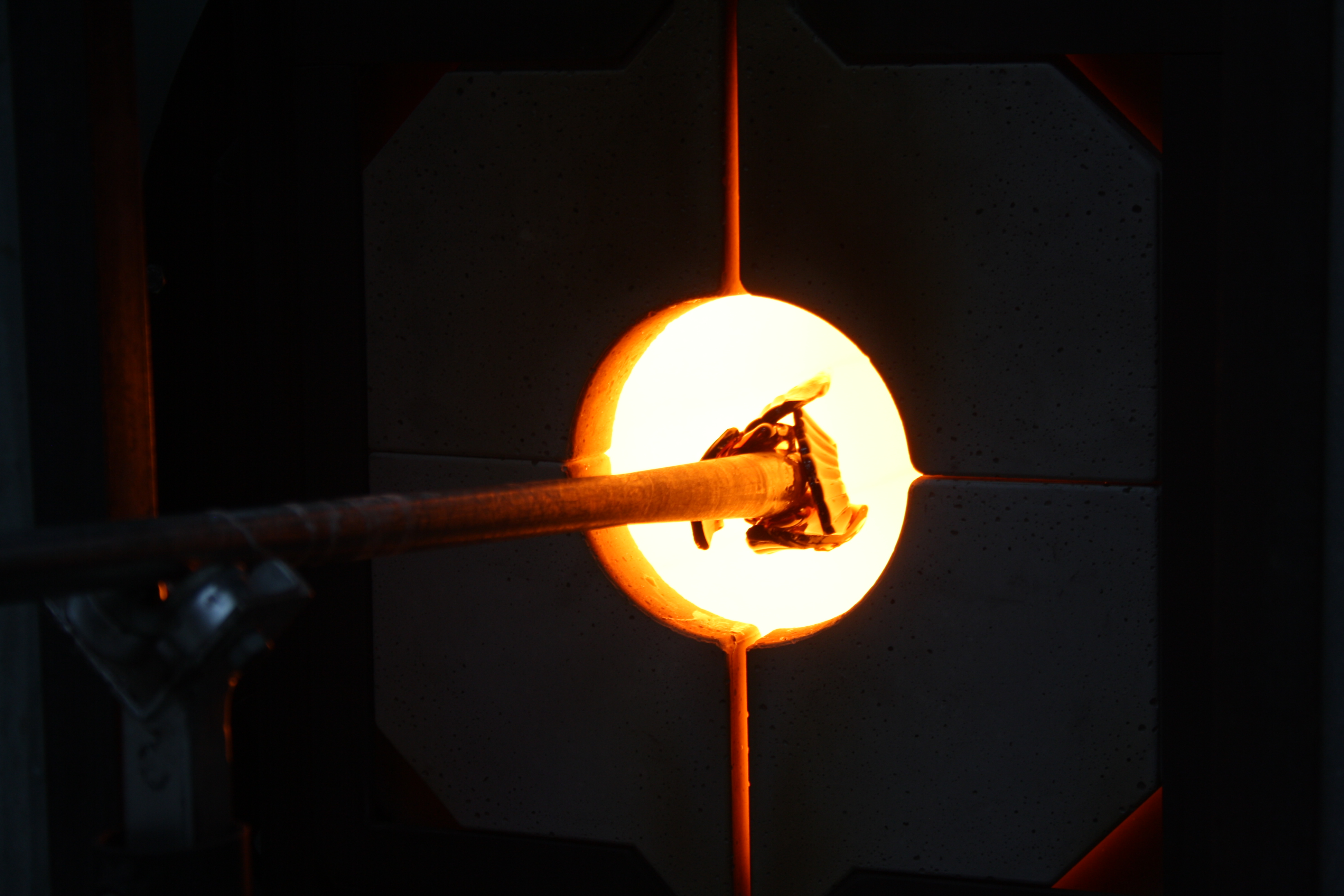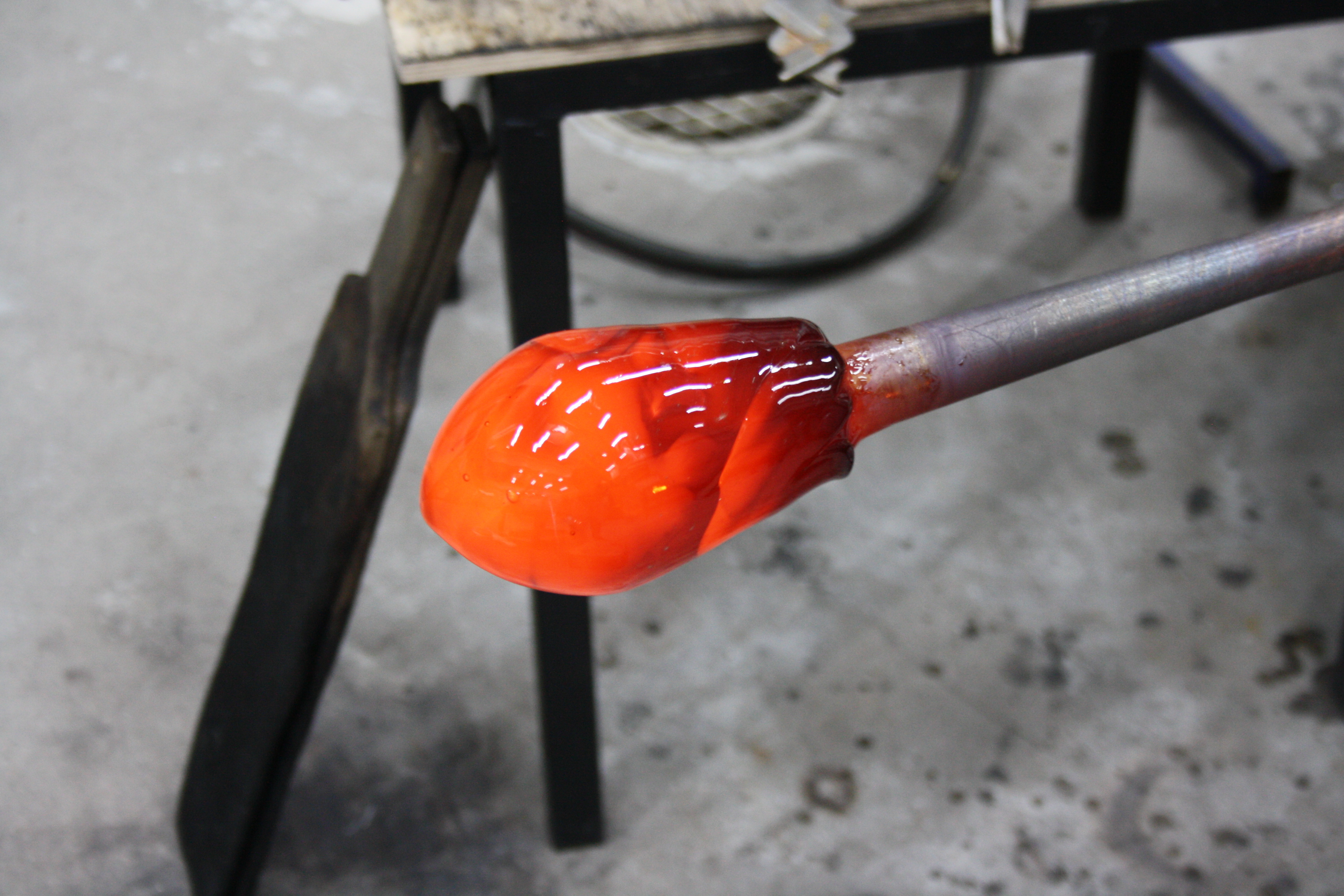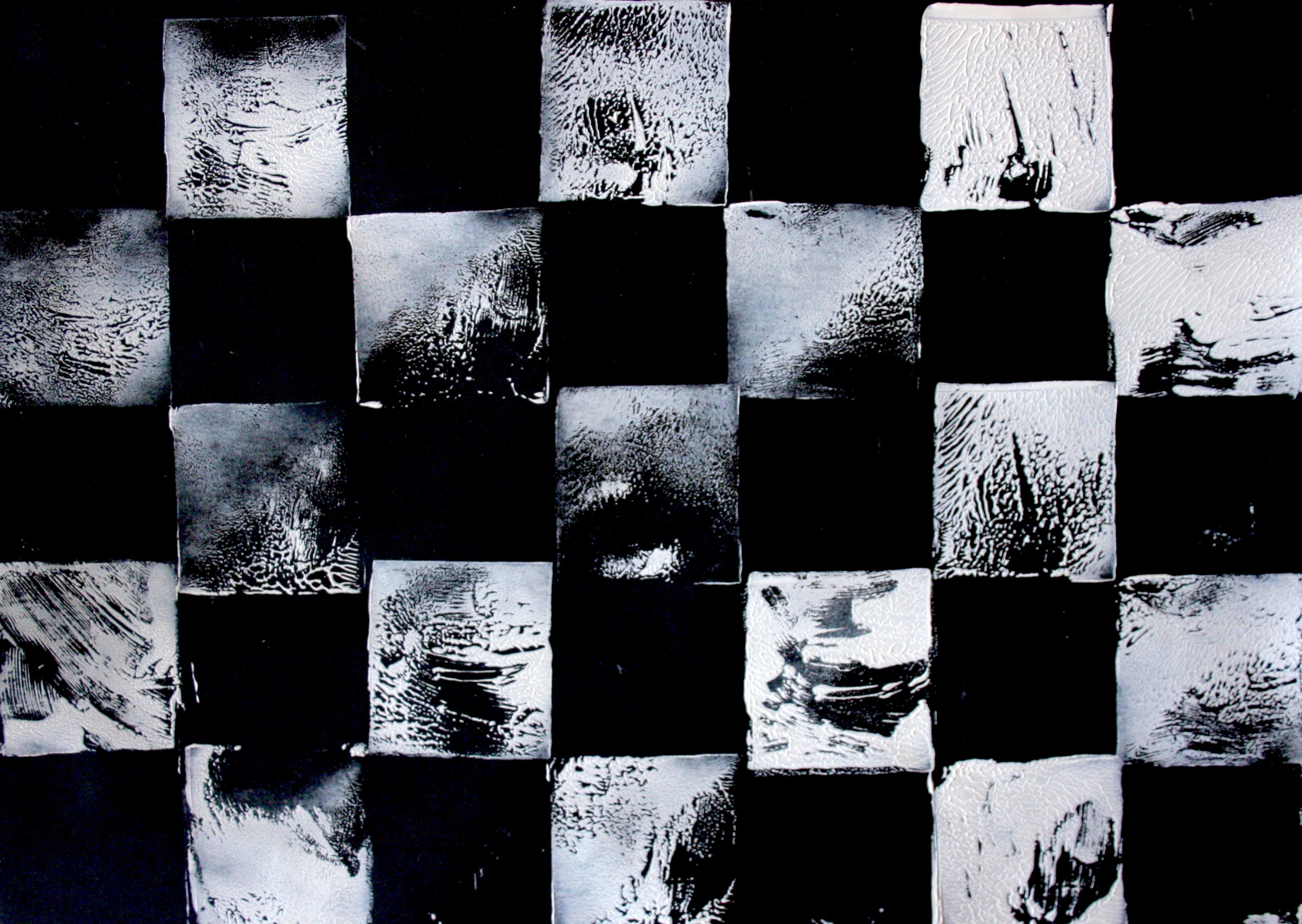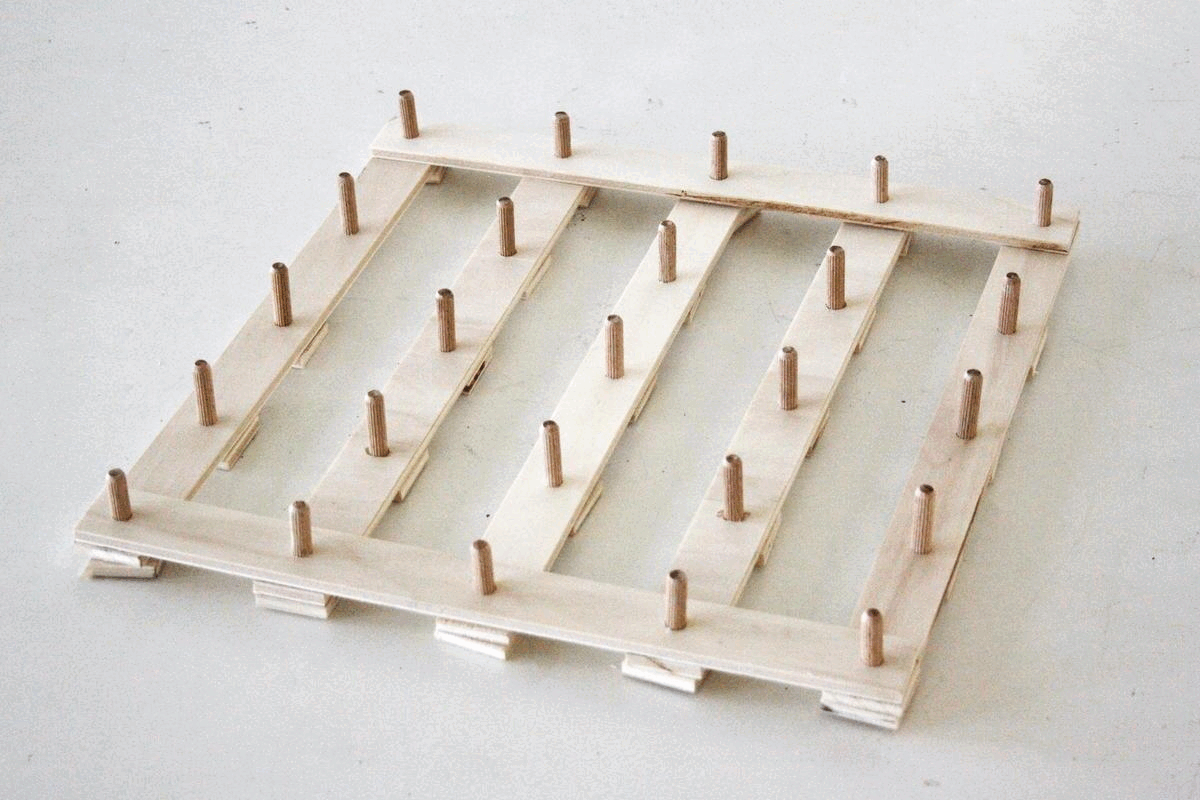On An Obsolescence Rescue
On An Obsolescence Rescue emerged from empathy and responsibility toward soon-to-be-discarded objects. Efforts to restore them were done, resulting in the unrealistic challenge of repairing without the tools of the producing industries.
Materials came from Emmaüs' waste containers. Extending their lifeline allowed a reevaluation of efficiency and perfection ideals. This approach celebrates diversity, adapting to available materials and distancing from uniformity.
The process includes collection, categorization, analysis, and ‘repair’,driven by the object’s adaptive potential. This repair service stands as a response to individual needs, moving away from mass production to nurture a circular economy and appreciation for discarded objects.
On An Obsolescence Rescue emerged from empathy and responsibility toward soon-to-be-discarded objects. Efforts to restore them were done, resulting in the unrealistic challenge of repairing without the tools of the producing industries.
Materials came from Emmaüs' waste containers. Extending their lifeline allowed a reevaluation of efficiency and perfection ideals. This approach celebrates diversity, adapting to available materials and distancing from uniformity.
The process includes collection, categorization, analysis, and ‘repair’,driven by the object’s adaptive potential. This repair service stands as a response to individual needs, moving away from mass production to nurture a circular economy and appreciation for discarded objects.
2023
![]()
![]()
![]()
![]()
![]()
![]()
![]()
Various chapters explored during the research.
![]()
![]()
![]()
![]()
![]()
![]()
![]()
![]()
![]()
![]()
![]()
![]() Chapters: fixing the amsafe belt, one space one design, plurality, fixing the lamp 01, repair café, the source, original state, scans, fixing the lamp 02, self standards, biases, dimensions fit.
Chapters: fixing the amsafe belt, one space one design, plurality, fixing the lamp 01, repair café, the source, original state, scans, fixing the lamp 02, self standards, biases, dimensions fit.







Various chapters explored during the research.












Why Do We Drink From Cylinders?
At the start of this research project lies a fascination for the role of objects in our lives and the way they shape our behaviour. Objects serve as a bridge between us and our environment, providing convenience and reinforcing our capabilities. However, they also exert control over us as they define our actions.
What are the norms that govern the making of things, how were these formed and is there room for adaptation? An exploration started focusing on form, measurement, proportion and material standards, and the automatic behaviour that they provoke. With graphical observations and experimental videos, her findings are visualised and archived.
By questioning current paradigms, she hopes to pave the way for a postindustrial model that promotes a more conscious consumption and interaction with objects.
At the start of this research project lies a fascination for the role of objects in our lives and the way they shape our behaviour. Objects serve as a bridge between us and our environment, providing convenience and reinforcing our capabilities. However, they also exert control over us as they define our actions.
What are the norms that govern the making of things, how were these formed and is there room for adaptation? An exploration started focusing on form, measurement, proportion and material standards, and the automatic behaviour that they provoke. With graphical observations and experimental videos, her findings are visualised and archived.
By questioning current paradigms, she hopes to pave the way for a postindustrial model that promotes a more conscious consumption and interaction with objects.
2023
![]()
video on automatic actions.
![]() Automatisms: use of a plate.
Automatisms: use of a plate.
![]()
Standards of proportions.
![]() Standards of measurements.
Standards of measurements.
Video on adaptative actions.

 Automatisms: use of a plate.
Automatisms: use of a plate.

Standards of proportions.
 Standards of measurements.
Standards of measurements.
Mould Repair
Practicing the steps of the glass blowing process allowed an observation: the systematic disposal of plaster moulds after a singular use. This inherent disposability served as a catalyst for a search to counter this obsolescence. Methods got developed, using external elements as common as hands, rope, tape or clay.
Experimentation after experimentation, the traditional single-use plaster mould gave way to a dynamic and resourceful approach. Hands lent their dexterity, rope and tape provided structure, while clay became the unexpected ally in extending the life of these moulds.
The work challenges convention, bringing new methods into the glass blowing craft. It testifies of the boundless possibilities that emerge when tradition meets experimentations, ensuring that even the most seemingly disposable elements finds renewed purpose and significance in the hands of the maker.
Practicing the steps of the glass blowing process allowed an observation: the systematic disposal of plaster moulds after a singular use. This inherent disposability served as a catalyst for a search to counter this obsolescence. Methods got developed, using external elements as common as hands, rope, tape or clay.
Experimentation after experimentation, the traditional single-use plaster mould gave way to a dynamic and resourceful approach. Hands lent their dexterity, rope and tape provided structure, while clay became the unexpected ally in extending the life of these moulds.
The work challenges convention, bringing new methods into the glass blowing craft. It testifies of the boundless possibilities that emerge when tradition meets experimentations, ensuring that even the most seemingly disposable elements finds renewed purpose and significance in the hands of the maker.
2022
![]()
![]()
![]()
left: first blow. right: second blow after repair.
![]()
![]()
left: first blow. right: second blow after repair.



left: first blow. right: second blow after repair.


left: first blow. right: second blow after repair.
From Chunks
Glass, known for its fragility, shatters at the slightest incident. Throughout its production, errors are inevitable, leading to the disposal of glass. In light of this, From Chunks serves as an exploration of harnessing the potential of glass waste. Employing various techniques, the work unveils divergent outcomes, particularly in terms of texture.
A distinctive facet of working with recycled glass is the transformative effect of waste impurities, notably evident in the case of red glass, which tends to adopt a dark colour during the creative process. This metamorphosis adds an intriguing layer to the glass, as it accentuates its unique qualities when being repurposed.
From Chunks informs about waste glass, as a unique material in its kind, and shed light on the possibilities of this material, often classified as fragile and imperfect.
Glass, known for its fragility, shatters at the slightest incident. Throughout its production, errors are inevitable, leading to the disposal of glass. In light of this, From Chunks serves as an exploration of harnessing the potential of glass waste. Employing various techniques, the work unveils divergent outcomes, particularly in terms of texture.
A distinctive facet of working with recycled glass is the transformative effect of waste impurities, notably evident in the case of red glass, which tends to adopt a dark colour during the creative process. This metamorphosis adds an intriguing layer to the glass, as it accentuates its unique qualities when being repurposed.
From Chunks informs about waste glass, as a unique material in its kind, and shed light on the possibilities of this material, often classified as fragile and imperfect.
2022
![]()
![]()
![]()
![]()
![]()
![]()
![]()
![]()





Back To Analog, The Toolbox
While delving into the realm of digital drawing tools within various software, an intriguing conclusion emerged: the perfection and precision that these tools effortlessly deliver. They allow flawless action, from the magnification function to the perfectly straight line. Exploring the diverse possibilities offered by such software, the remarkable accuracy and efficiency of these digital tools ignited an experimentation: to craft analog counterparts capable of challenging their digital counterparts.
The tools that follow stand as a tangible manifestation of it, mirroring the functionality of their digital counterparts within a specific software: Photoshop. The Toolbox creates a bridge between the digital and analog realms and explores the boundaries of precision and craftsmanship in the world of visual creation.
While delving into the realm of digital drawing tools within various software, an intriguing conclusion emerged: the perfection and precision that these tools effortlessly deliver. They allow flawless action, from the magnification function to the perfectly straight line. Exploring the diverse possibilities offered by such software, the remarkable accuracy and efficiency of these digital tools ignited an experimentation: to craft analog counterparts capable of challenging their digital counterparts.
The tools that follow stand as a tangible manifestation of it, mirroring the functionality of their digital counterparts within a specific software: Photoshop. The Toolbox creates a bridge between the digital and analog realms and explores the boundaries of precision and craftsmanship in the world of visual creation.
2021
![]()
![]()
![]()
![]()
![]()
![]()







